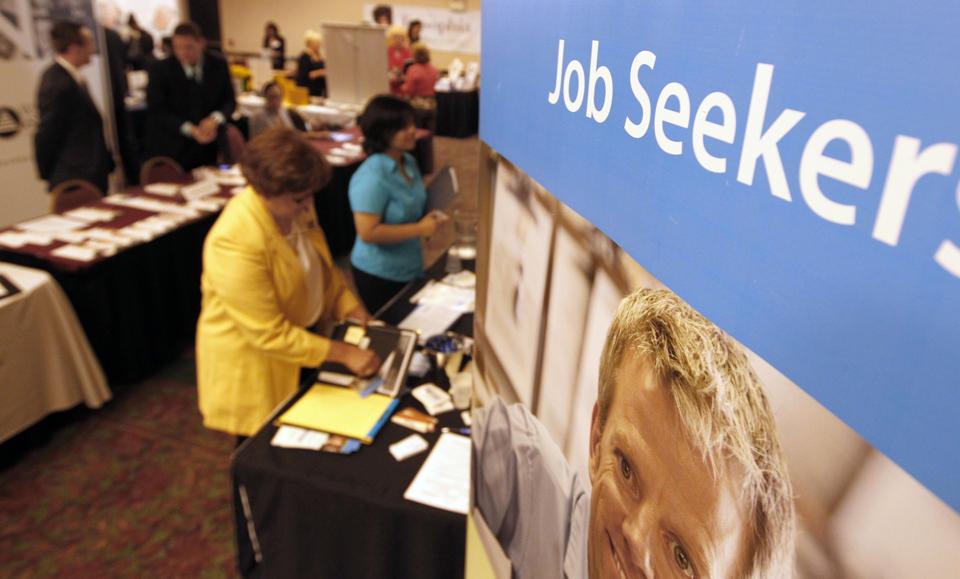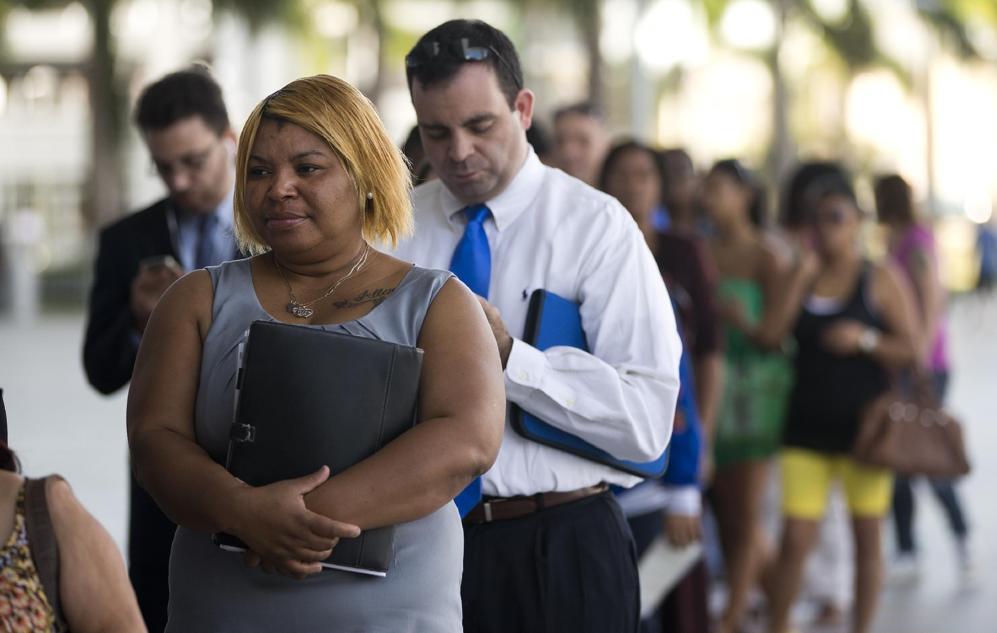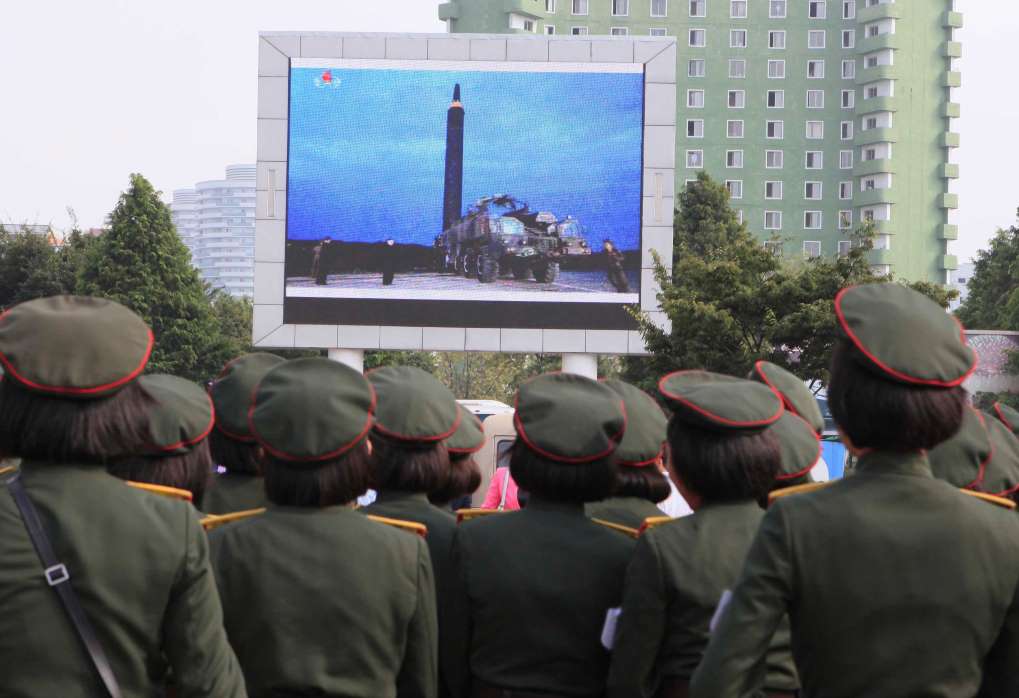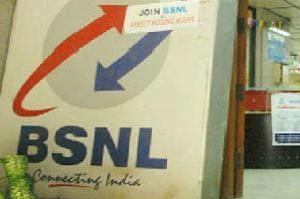December 6, 2013
WASHINGTON – U.S. employers hired more workers than expected in November and the jobless rate fell to a five-year low of 7.0 percent, which could fan speculation the Federal Reserve could start reducing its bond purchases this month.

December 6, 2013
WASHINGTON – U.S. employers hired more workers than expected in November and the jobless rate fell to a five-year low of 7.0 percent, which could fan speculation the Federal Reserve could start reducing its bond purchases this month.

Nonfarm payrolls increased by 203,000 new jobs last month, the Labor Department said on Friday. The unemployment rate dropped three tenths of a percentage point to its lowest level since November 2008 as some federal workers who were counted as jobless in October returned to work after a 16-day partial shutdown of the government.
Economists polled by Reuters had forecast payrolls rising 180,000 last month and the unemployment rate falling to 7.2 percent from 7.3 percent.
Job gains for September and October were revised to show 8,000 more jobs created than previously reported, lending strength to the report. Other details were also upbeat, with employment gains across the board, hourly earnings rising and the workweek lengthening.
In addition, the jobless rate fell even as the participation rate – the share of working-age Americans who either have a job or are looking for one – bounced back from a 35-1/2-year low touched in October.

In this Jan, 15, 2013,photo, job seekers standing in line, during the job fair that the Miami Marlins hosted at Marlins Park in Maimi. The number of Americans seeking unemployment benefits fell last week to the lowest levels in five years, a positive sign that layoffs have fallen and hiring may pick up.
The closely watched employment report was released little more than a week before the Fed's December 17-18 policy-setting meeting.
The stronger-than-expected reading on job growth in November could stir speculation the central bank might reduce its current pace of bond purchases this month, but most economists feel the Fed will want further signs of economic progress before acting.
Minutes from the U.S. central bank's last meeting in October showed officials were preparing to scale back their monthly $85 billion bond-buying campaign in coming months as long as the economy continues to improve.
MIXED ECONOMIC DATA
Economic data so far for the fourth quarter have been mixed, with labor market and consumer spending indicators firming. However, the housing market and business spending have slowed.
Economists also believe the central bank will probably not want to pull the trigger before lawmakers on Capitol Hill strike a deal to fund the government.
While a few economists look for the Fed to scale back its purchases in December or January, most expect it will hold off until March, and some believe it may wait until June.
Job gains in November were broad-based, with government payrolls also rising as hiring by state and local governments offset a decline in federal government employment.
Manufacturing payrolls increased 27,000, rising for a fourth straight month and construction employment advanced 17,000, adding to October's gains even as the housing recovery has slowed.
Retail employment slowed, adding 22,300 last month compared to 45,800 in October. A late Thanksgiving holiday could have resulted in some of the seasonal hiring not being captured in November's report.
Leisure and hospitality, as well as professional and business services payrolls showed gains, but at a slower pace than in October.
Other details of the report showed average hourly earnings rose by four cents. The length of the workweek edged up to an average of 34.5 hours from 34.4 hours.
Courtesy: Reuters















































































































